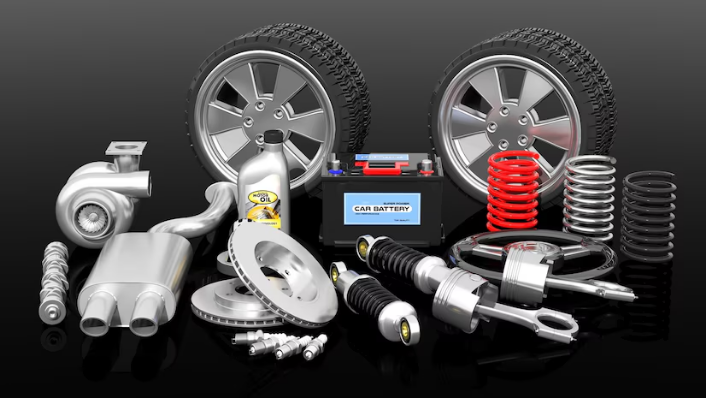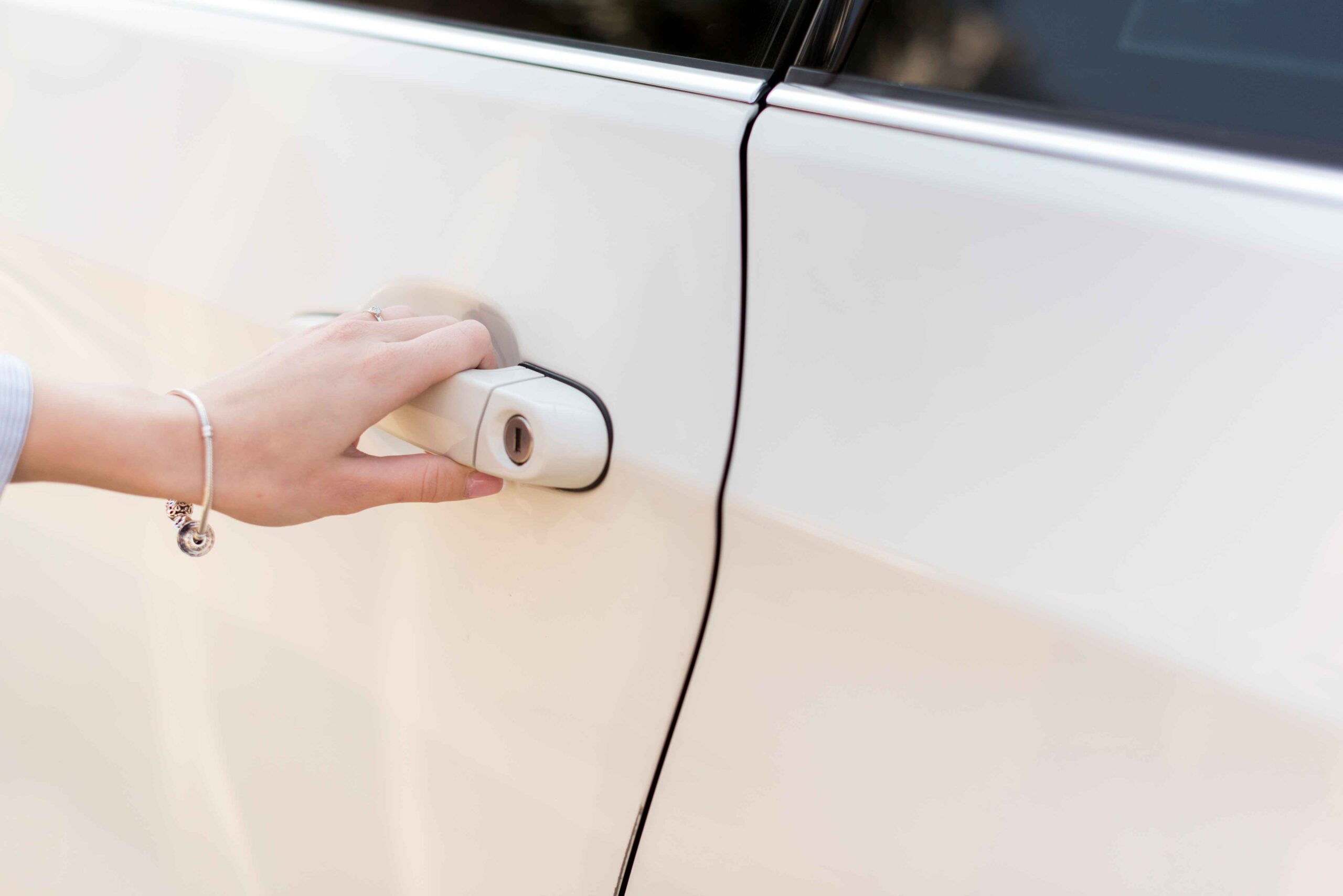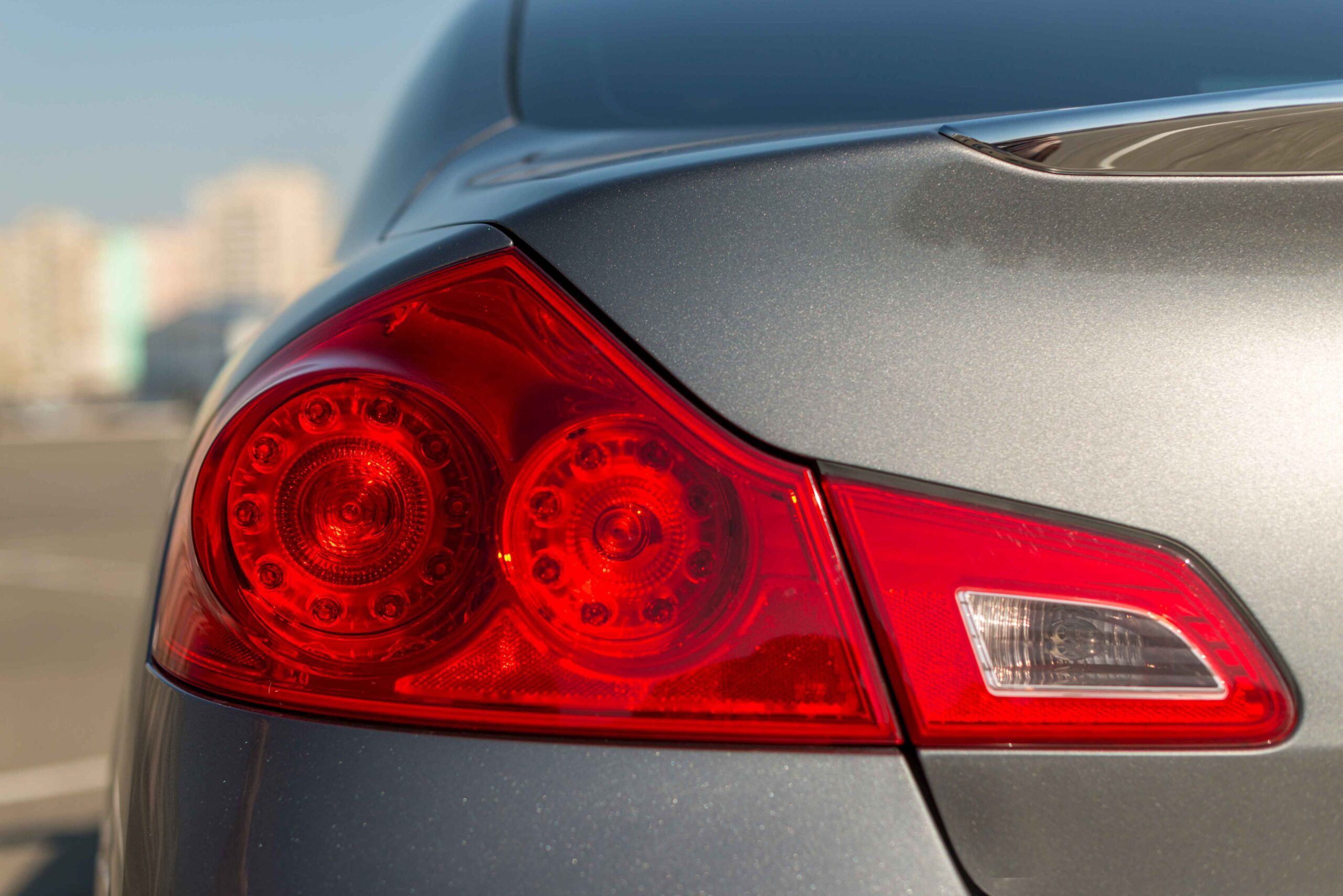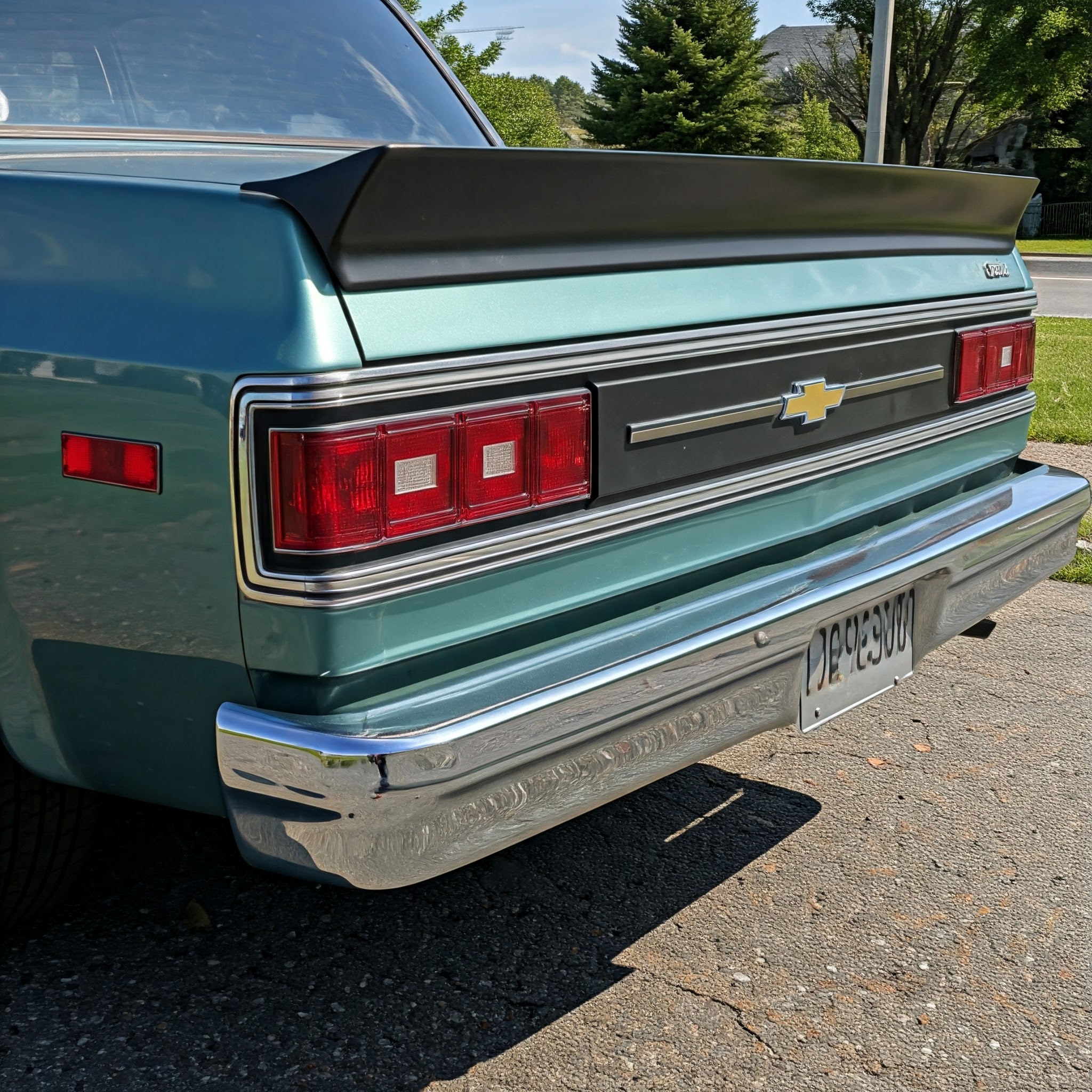Imagine watching a mechanic take apart three cars, toss all the parts into a pile, and then reassemble them. Sounds impossible, right? Back in 1908, something like this actually happened. Three Cadillac cars were taken apart, their parts mixed up, and then reassembled. What’s even more amazing is that all three cars worked perfectly afterward. This groundbreaking test showed the world how vehicle interchangeable parts could revolutionize car maintenance.
Today, the idea of swapping parts between cars is common. It makes repairs faster, easier, and cheaper. But, are car parts interchangeable across different models? And more importantly, what car parts are interchangeable in modern vehicles? This article will break down how vehicle interchangeable parts help extend the life of your car and save you money in the long run.
The First Test of Interchangeable Parts in Cars
Back in the early 1900s, cars were built with parts that were unique to each vehicle. If something broke, finding the right replacement could be a nightmare. But then came a bold experiment that changed everything.
In 1908, Cadillac took part in a test to prove the power of vehicle interchangeable parts. Three cars were dismantled, their parts mixed, and then reassembled using only simple tools. Despite having mismatched parts, the cars ran perfectly. This test showed that standardized parts could be swapped easily, making repairs much simpler.
Before this, repairing a car was a complicated task that required skilled labor. After the success of Cadillac’s experiment, other car manufacturers quickly adopted interchangeable parts. This innovation made it easier for people to fix their cars and keep them running for longer periods.
Are Car Parts Interchangeable Across All Vehicle Models?
Now, the big question: are car parts interchangeable between different models? The answer is yes, but with a few limitations. Not all car parts can be swapped, but many essential parts can be. Some parts, like tires and filters, are designed to fit a wide range of vehicles. Others, like engines or transmissions, require a more precise match.
Here’s a quick look at some common parts and their interchangeability:
| Part | Interchangeability | Key Factors to Check |
| Tires | Yes, if size matches | Diameter and width |
| Batteries | Often interchangeable | Voltage and power output |
| Windshield Wipers | Mostly interchangeable | Length and attachment type |
| Oil Filters | Often interchangeable | Engine type and capacity |
| Headlights and Bulbs | Sometimes interchangeable | Bulb type and socket fit |
As shown, parts like tires and wipers are usually interchangeable. However, more complex parts, such as an engine or transmission, must be an exact fit for the specific car model. Always check with a mechanic or a parts guide before assuming parts will fit.
Why Interchangeable Parts Matter for Your Car
Using vehicle interchangeable parts isn’t just about making repairs easier. Several other benefits make it worthwhile. Here’s why these parts are so important:
- Cost Savings:
Standardized parts are often cheaper to produce. The overall repair cost goes down when you don’t have to hunt for a specific part. - Faster Repairs:
Since interchangeable parts are easier to find, the time it takes to fix a car is much shorter. You can get back on the road quicker. - Extended Car Life:
Replacing worn-out parts with vehicle interchangeable parts helps prevent other damage. This means your car can last longer without needing major repairs. - More DIY Options:
Many people enjoy working on their cars. Interchangeable parts allow car owners to fix minor issues themselves without needing specialized tools or skills. - Eco-Friendly:
Reusing parts and reducing the need for custom manufacturing cuts down on waste. By using interchangeable parts, you’re also helping the environment.
What Car Parts Are Interchangeable? A Closer Look
So, what car parts are interchangeable in today’s vehicles? The good news is that many common parts can be swapped between different cars. Below is a breakdown of parts that are often interchangeable:
| Part | Can Be Swapped? | Considerations |
| Tires and Rims | Yes, if size matches | Check width and diameter |
| Batteries | Yes, if voltage matches | Power requirements must be equal |
| Filters (Oil, Air, Cabin) | Often interchangeable | Must match engine size |
| Brake Pads and Rotors | Sometimes interchangeable | Needs to fit specific brake system |
| Fuses | Yes, if same type | Voltage and amperage must match |
The parts listed above are generally easy to swap between different makes and models. However, always double-check with a parts expert or manual to ensure compatibility.
The Impact of Interchangeable Parts in Vehicle
Vehicle interchangeable parts play a huge role in keeping cars on the road longer. Imagine having a car part break down during a long road trip. Without interchangeable parts, you’d be stuck waiting for a specific part to arrive from a dealership.
But with interchangeable parts, you can often find what you need at a local auto parts store. This quick availability of parts saves time and prevents the situation from becoming a bigger (and more expensive) problem.
Additionally, when you replace parts regularly, you help keep the car’s other systems in good shape. For example, swapping out worn brake pads early can prevent rotor damage, saving you from a bigger repair bill.
The Future of Vehicle Interchangeable Parts
The idea of vehicle interchangeable parts isn’t going away anytime soon. In fact, as car technology advances, standardized parts are becoming even more important. Electric vehicles (EVs), for example, rely on a range of components that are designed to be easily swapped out.
Furthermore, as the auto industry becomes more focused on sustainability, using parts that can be reused or recycled will be crucial. Interchangeable parts not only extend the life of individual cars but also help reduce the industry’s overall environmental impact.
Keeping Your Car Running with Interchangeable Parts
Vehicle interchangeable parts offer an efficient way to maintain and extend the life of your car. Whether you’re wondering are car parts interchangeable across different models, or you’re trying to figure out what car parts are interchangeable, the key takeaway is that standardized parts make repairs faster, cheaper, and more convenient.
By using vehicle interchangeable parts, you will save money and time and help keep your car running smoothly for years to come.
FAQs
Not all parts are interchangeable between brands. Some components, like tires or batteries, can be swapped easily, but others require specific matches
Common parts like tires, batteries, and wipers are often interchangeable. More complex parts, like engines or transmissions, need to be more carefully matched.
In some cases, using non-OEM parts may void your warranty. Always check your warranty terms or ask your dealer before using interchangeable parts.
The best way is to check your car’s manual or ask a mechanic. Many auto parts stores can also help you find compatible parts.
Yes, as long as the parts are compatible with your vehicle, it’s safe to use interchangeable parts for DIY repairs.







